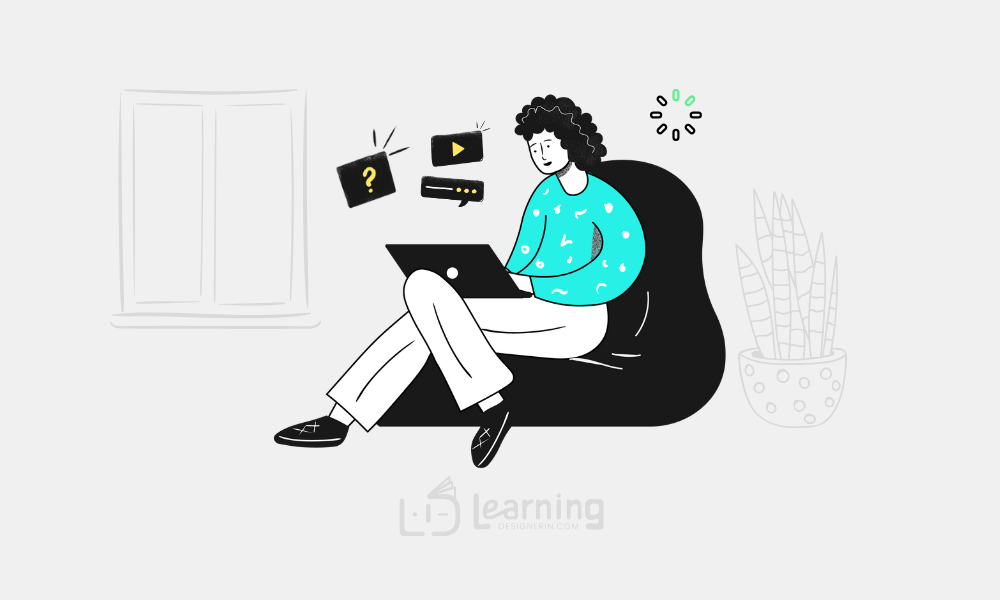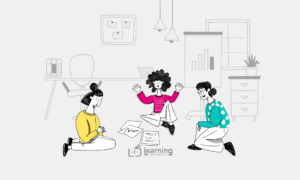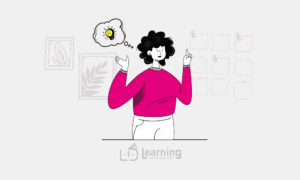One of the biggest misconceptions we still see in Learning & Development is that if people know what to do, they will do it. But real change happens through nudging and practice. If we want people to act differently, we can’t just give them information; we need to design learning experiences where they actively practice making decisions.
Preloading
Peter Gollwitzer’s concept of preloading, also known as implementation intentions, is a powerful strategy in goal-setting and behavior change. It’s the idea that when we mentally rehearse a response in advance—“If X happens, then I will do Y”—we’re far more likely to act effectively when the moment comes. Gollwitzer’s research shows that this kind of mental preparation reduces hesitation and increases the likelihood of making the right decision under pressure.

That’s why role-playing, simulations, branching scenarios, and interactive case studies are so powerful. They shift learning from passive to active, from instructional to experiential. Whether digital or analog, scenario-based learning provides a safe yet realistic environment where people can put knowledge into practice.
- Anticipate challenges: Mentally rehearse how they would respond in critical moments.
- Make decisions in context: Apply knowledge instead of passively absorbing it.
- Experience consequences: See the impact of their choices in a risk-free space.
- Build confidence: Repeated exposure makes real-world application feel more natural.
Scenario-based learning doesn’t replace real-world experience but bridges the gap between theory and practice. It builds the muscle memory for critical thinking and decision-making. And that’s what makes the difference between knowing what to do and actually doing it.
If we want people to act differently, we can’t just give them information. We need to design experiences where they practice making decisions. Firefighters, pilots, and surgeons don’t go through extensive simulations expecting them to perfectly mirror reality; they do it to build familiarity with decision-making under stress. Without practice, hesitation increases, and the likelihood of freezing or making poor choices rises dramatically.
A single scenario won’t make someone an expert overnight, but it creates a mental blueprint that helps them navigate tough situations more confidently. That’s why well-designed scenario-based learning is essential. When learning feels like guided discovery, people engage, explore, and internalize decisions more effectively. Well-crafted scenarios don’t add cognitive overload; they reduce it by ensuring that when the real challenge comes, people aren’t starting from scratch.
This post is inspired by the book “The Power of Moments” by Dan & Cheap Heath.




